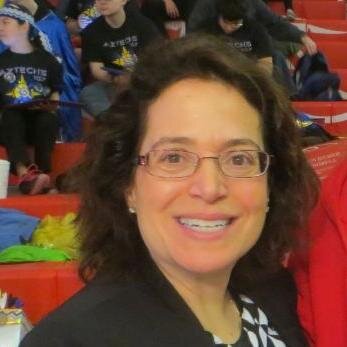ASEE – Annual Conference – The flight home
So as the team packs up from the ASEE 2011 Vancouver, I have to thank my colleague, Charles for arranging all the logistics of the displays, artwork, workshops, presentations, employees and students from multiple continents and subsidiaries of DS . It takes a great deal of effort and coordination to make certain that the latest technology and people are in the right place at the right time. I also have to thank my husband David for taking his time to come with me and help out at the SolidWorks K12 Teacher workshop.
I have to congratulate my Engineering Design Graphics Division (EDGD) colleagues and friends, Dr Sheryl Sorby from Michigan Tech for winning the 2011 ASEE Sharon Keillor Award for Women in Engineering Education in recognition of her distinguished accomplishments and Nick Bertozzi from Daniel Webster College for winning best paper with his students on learning and assessment tools for drawings. I can never be thankful enough to this EDGD group that has not only helped me out during my academic career but also provides so many skills to engineering students. Makes me miss teaching in the classroom everyday.
After a conference, I am ready to take the flight home and work on the next project. But this flight home was different. I sat next to a mechanical engineering technology professor. His students all use SolidWorks – but he has never used SolidWorks. He had a window seat. So let the teaching begin – guess once a teacher always a teacher. As he asked questions, I took notes and developed tips for the new professor of SolidWorks.
SolidWorks Tips for the new SolidWorks user when seated on an airplane next to a window:
1. There are three documents in SolidWorks: part, assembly, drawing. SolidWorks begins with a part. A part is a single entity made up of features. When you combine multiple parts together, you make an assembly. A 2D representation of a part or an assembly is called a drawing.
2. The first feature in a part usually begins with a 2D sketch. Always locate a centerpoint or endpoint of a sketch at the Origin.
3. Locate the first component of an assembly at the Origin. Select Insert Component, Browse to select the part or assembly. Click OK (green checkmark). The part or assembly will be positioned at the Origin.
4. The SolidWorks tutorials are located at Help>SolidWorks Tutorials. I like Lesson One: Parts, Lesson Two Assembly and Lesson Three: Drawings. There are video tutorials that correspond to these lessons at www.solidworks.com/tutorials in the Getting Started section.
5. If you are on subscription, you can create a customer portal account at www.solidworks.com/customerportal. You need your 24 digit serial number that is located in Help, About SolidWorks to create an account. There are quizes, powerpoint presentations, manual drawings, and projects for the classroom – at all levels of instruction.
6. For SolidWorks Simulation, Motion and SolidWorks Flow Simulation tutorials, you have to first open a new part or assembly. Then select Tools, Add-Ins. Check the simulation you will to perform in the Add-Ins box. Next, Select Help, SolidWorks Simulation Tutorials. There you will see the SImulation tutorials for stress, fatigue, frequency, dynamics, linear, non-linear, drop test and more. The Validation tutorials contain the math-based solution.. The Flow Simulation tutorials are in .pdf format.
7. SolidWorks Motion (Kinematics) tutorialis under the SolidWorks Tutorial area. You need to check the Motion Add In to get forces, velocity and acceleration results.
8. If you teach a particular subject such as Engineering Mechanics Statics, then I would look at the beam and the truss tutorials. See how the boundary conditions are set up or how you apply forces. You don't necessarily have to create a CAD model to do the analysis. We have hundreds of analysis model examples for classic problems.
9.If you don't know what SolidWorks can do, ask. For example, this professor wanted to know if SolidWorks could analyze blood, human tissue. For example, SolidWorks can simulate blood flow through a pump but for the not so typical advanced human tissue problem, I suggested to look into Simulia Abaqus – especially in this case when the engineering's professor brother is a medical doctor.
10. SolidWorks Sustainability can perform an environment assessment on a part or assembly, but to a Materials Science or Strength of Materials class, comparing material properties is pretty convenient and saves student time.
11. Try youtube – there are many examples. The Certified SolidWorks Associate Exam CSWA can help your students – SolidWorks automatically grades the exam. This can save you time for your midterm development – let SolidWorks give the exam.
12. More questions – become part of the SolidWorks community. Check out a local SolidWorks users group at www.swugn.org or the SolidWorks forum. There are many users who blog about SolidWorks that provide great tips every day.
Wow – it is now time to prepare the aircraft for landing. Time flies when you are teaching. Marie





